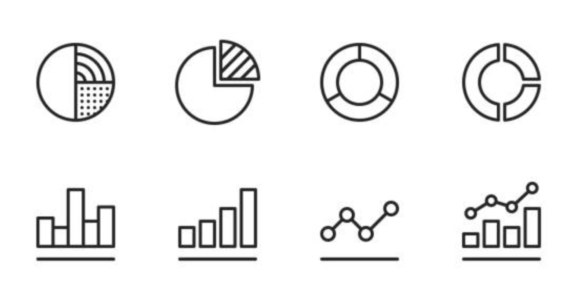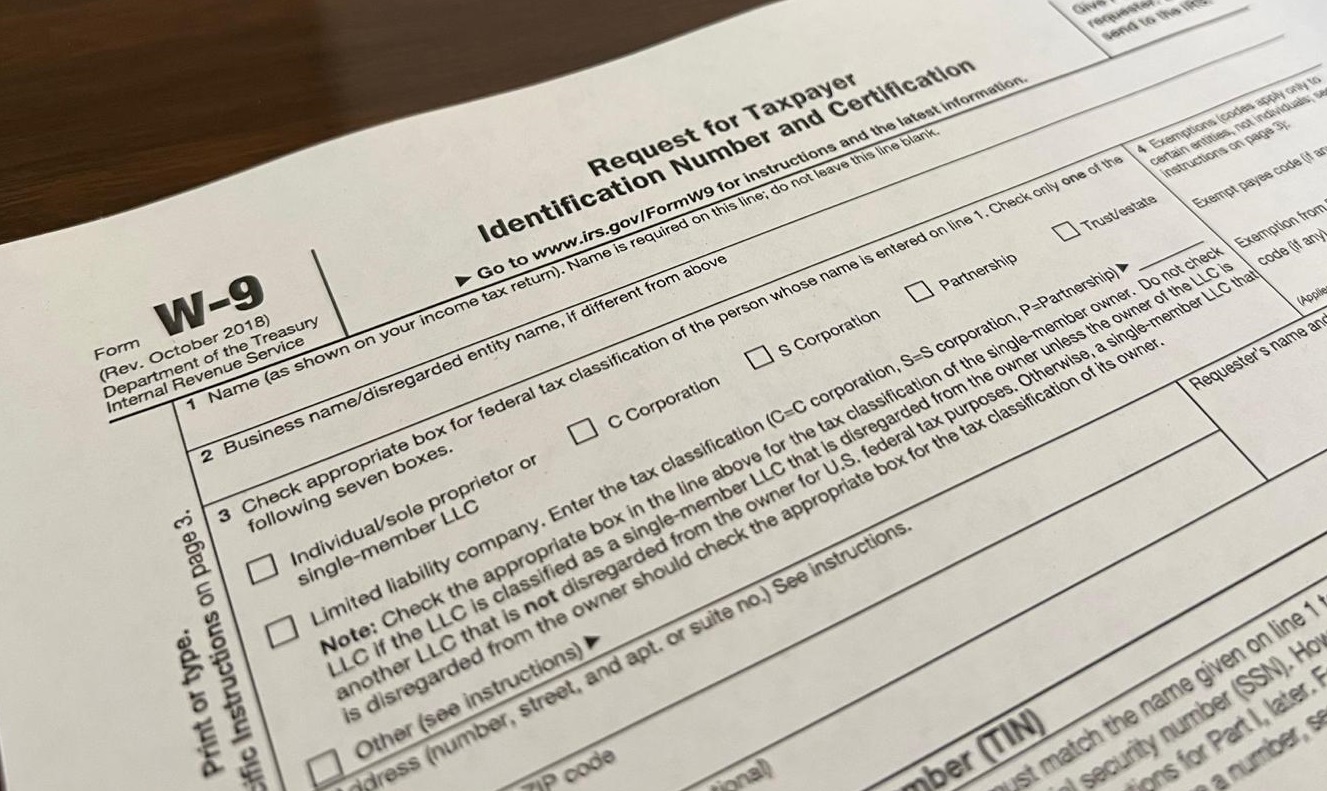The composition of assets and liabilities on a company’s balance sheet is critical for understanding its financial health, risk exposure, and overall stability. What constitutes a “good” composition can vary depending on the industry, business model, and financial strategy. However, there are some general principles to consider:
Good Composition of Assets:
- Diversified Asset Base:
- A good mix of assets across different categories (current and non-current, tangible and intangible) can provide flexibility and reduce risk.
- Strong Current Assets:
- Healthy levels of current assets (cash, accounts receivable, inventory) relative to current liabilities ensure liquidity and the ability to meet short-term obligations.
- Investments in Productive Assets:
- Productive assets (e.g., property, plant, equipment) contribute to the company’s operational capacity and long-term growth.
- High-quality Receivables:
- Receivables that are collectible and not overly aged indicate effective credit management.
- Intangible Assets with Value:
- Intangible assets, such as patents or trademarks, should have value and contribute to the company’s competitive advantage.
- Conservative Valuation:
- Assets should be conservatively valued to avoid overstatement and ensure a realistic representation of the company’s financial position.
Good Composition of Liabilities:
- Manageable Debt Levels:
- A reasonable level of debt that the company can service without jeopardizing its financial stability.
- Evaluate debt in relation to equity and cash flow.
- Well-Structured Debt:
- Long-term debt with manageable interest rates and maturities spread out over time.
- Avoidance of excessive short-term debt that could strain liquidity.
- Favorable Terms with Suppliers:
- Negotiated payment terms with suppliers that allow for effective working capital management.
- Accruals and Provisions:
- Transparent and appropriate recognition of accruals and provisions.
- Provisions for potential liabilities, such as warranties or legal claims.
- Equity Contributions:
- Healthy levels of shareholder equity, indicating a strong financial base.
- A balanced mix of debt and equity financing.
- Conservative Leverage Ratios:
- Leverage ratios (debt-to-equity, interest coverage) within industry norms.
- Avoid excessive reliance on leverage.
- Contingent Liabilities Disclosure:
- Transparent disclosure of contingent liabilities that may impact the company in the future.
Other Considerations:
- Working Capital Management:
- Efficient management of working capital, ensuring that current assets are used effectively to cover short-term liabilities.
- Industry Benchmarking:
- Compare the company’s composition with industry benchmarks to identify areas for improvement or potential risks.
- Risk Mitigation:
- Strategies in place to mitigate risks associated with currency fluctuations, interest rate changes, and other market dynamics.
In summary, a good composition of assets and liabilities reflects a balanced and well-managed financial structure that supports the company’s operations, growth, and financial stability. It’s important for stakeholders to assess these compositions in the context of the company’s industry, business strategy, and economic environment.




